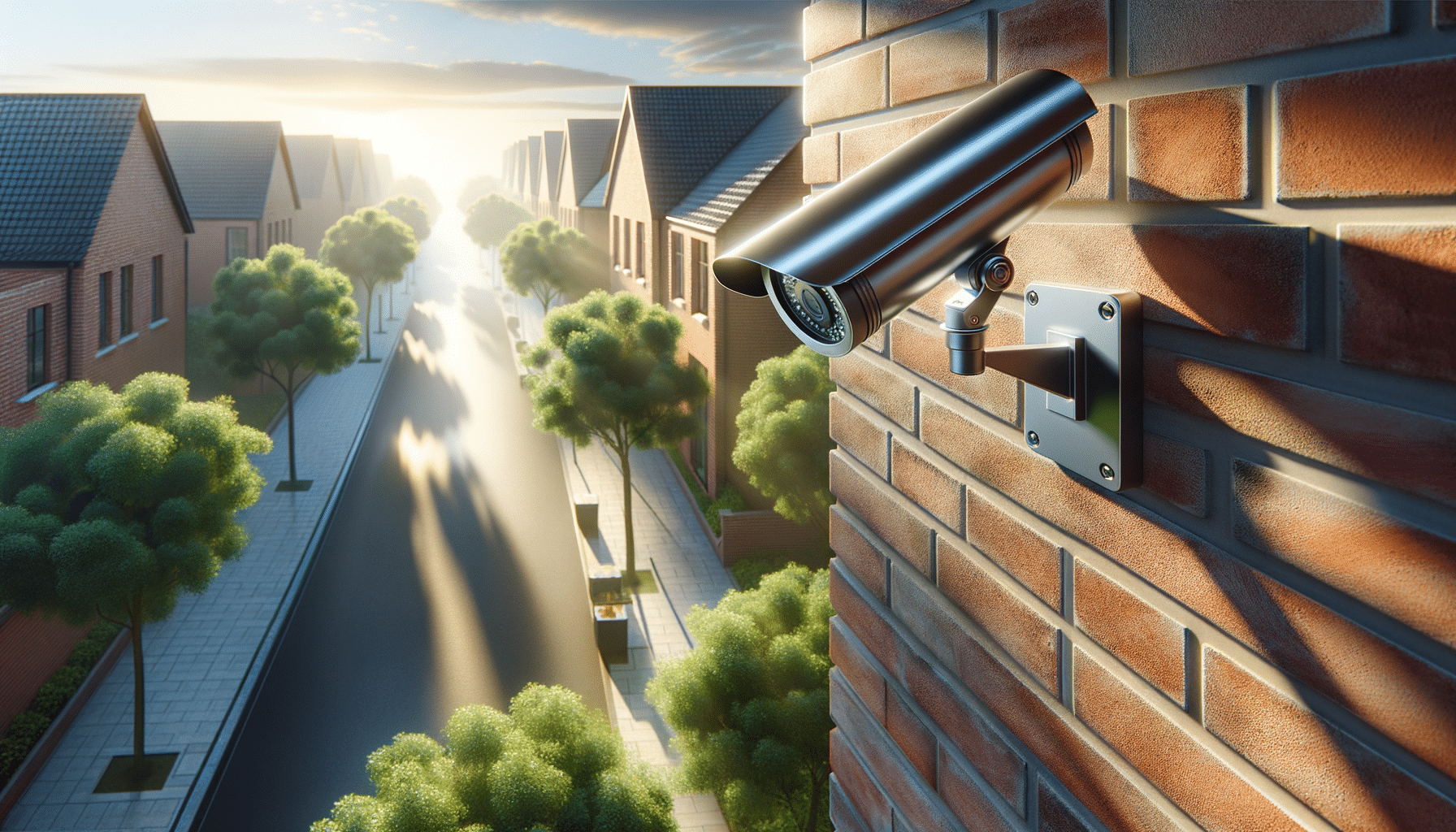
Security and Surveillance Cameras Nearby: An Overview
The Growing Need for Surveillance Cameras
In today’s world, the demand for security and surveillance cameras is on the rise. As urban areas expand and communities become more interconnected, the need for effective security measures becomes increasingly important. The term “surveillance cameras nearby” has become a common search query, reflecting the public’s interest in understanding and utilizing local security solutions. Security cameras are not just about deterring criminal activities; they also provide a sense of safety and peace of mind for residents and business owners alike.
The presence of security cameras can significantly reduce crime rates. According to various studies, areas with visible surveillance cameras experience fewer incidents of theft and vandalism. This preventive effect is one reason why many neighborhoods and commercial areas invest in camera systems. Additionally, footage from these cameras can serve as crucial evidence in solving crimes, further highlighting their importance.
Security cameras also offer benefits beyond crime prevention. They can be used to monitor traffic patterns, assist in emergency response efforts, and even help in managing public events. As technology advances, the capabilities of these cameras continue to grow, making them an integral part of modern urban planning and security infrastructure.
Types of Surveillance Cameras Available
When considering “security cameras nearby,” it’s essential to understand the different types of cameras available. Each type serves a unique purpose, and selecting the right one depends on specific security needs. Here are some common types:
- Dome Cameras: These are commonly used in retail and commercial settings. Their dome shape makes it difficult for onlookers to determine the camera’s direction, adding a layer of deterrence.
- Bullet Cameras: Known for their long cylindrical shape, these cameras are typically used outdoors. They are effective for long-distance viewing and are often weatherproof.
- PTZ Cameras: PTZ stands for Pan, Tilt, and Zoom. These cameras offer flexibility by allowing operators to control the camera’s movement and zoom in on specific areas.
- IP Cameras: Internet Protocol cameras transmit data over a network, making them ideal for remote viewing. They are often used in both residential and commercial settings.
Each camera type offers distinct advantages, and the choice often depends on factors such as location, budget, and specific security requirements. Understanding these options can help individuals and businesses make informed decisions about their surveillance needs.
Choosing the Right Surveillance Solution
When searching for “video surveillance nearby,” it’s crucial to consider several factors to ensure the chosen system meets your needs. Here are some key considerations:
- Location: Determine where the cameras will be installed. Indoor and outdoor cameras have different features and durability requirements.
- Resolution: Higher resolution cameras offer clearer images, which can be crucial for identifying details in footage.
- Storage: Decide how footage will be stored. Options include local storage, cloud storage, or a hybrid of both.
- Connectivity: Consider whether you need wired or wireless cameras. Wireless cameras offer flexibility but may require a strong network connection.
By carefully evaluating these aspects, you can choose a surveillance solution that effectively addresses your security concerns. It’s also advisable to consult with security professionals who can provide insights based on their expertise and experience.
Legal and Ethical Considerations
Implementing surveillance cameras involves not only technical and logistical considerations but also legal and ethical ones. Understanding the regulations surrounding “security cameras nearby” is crucial to ensure compliance with privacy laws. In many regions, there are specific guidelines about where cameras can be placed, especially concerning public spaces and private property.
For instance, in residential areas, cameras should not intrude on neighbors’ privacy, such as capturing footage of their backyards or windows. Similarly, in commercial settings, cameras should be positioned to respect customer privacy, avoiding areas like restrooms or fitting rooms.
Ethically, it’s important to inform those who might be recorded by the cameras. This can be done through signage indicating the presence of surveillance, which not only complies with legal requirements but also serves as a deterrent to potential wrongdoers.
Being aware of these considerations helps maintain a balance between security and privacy, fostering trust within the community and ensuring the responsible use of surveillance technology.
Future Trends in Surveillance Technology
The field of surveillance is continually evolving, driven by advancements in technology and growing security needs. As we look to the future, several trends are emerging that will shape the landscape of “surveillance cameras nearby.”
One significant trend is the integration of artificial intelligence (AI) into camera systems. AI can enhance the functionality of cameras by enabling features such as facial recognition, license plate reading, and behavior analysis. These capabilities can dramatically improve the efficiency of monitoring and response strategies.
Another trend is the increasing use of cloud-based solutions for data storage and management. This shift allows for more scalable and flexible surveillance systems, enabling users to access and analyze footage from anywhere with an internet connection.
Moreover, the development of more compact and discreet cameras is making it easier to integrate surveillance into everyday environments without being intrusive. These innovations reflect the ongoing demand for security solutions that are both effective and respectful of privacy.
As these trends continue to develop, staying informed about the latest technologies and their applications will be essential for those considering or currently using surveillance systems.

